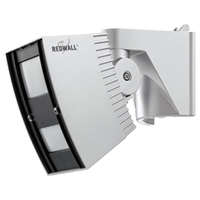Understanding the Scope
Understanding the scope and underlying causes of fly-tipping is crucial to effectively addressing the issue. Fly-tipping occurs in various settings, from isolated rural areas to busy urban streets. High-risk areas often include secluded locations like country lanes, disused industrial sites, and areas with poor lighting and low foot traffic. Fly-tippers take advantage of these conditions to dispose of waste without being detected. Identifying patterns and common methods used by fly-tippers can aid in crafting targeted interventions. For instance, construction and demolition sites often face illegal dumping of building materials, while urban areas may see household waste, furniture, and electronic appliances being discarded improperly. By analysing these patterns, authorities can deploy resources more effectively and prioritise high-risk areas.



